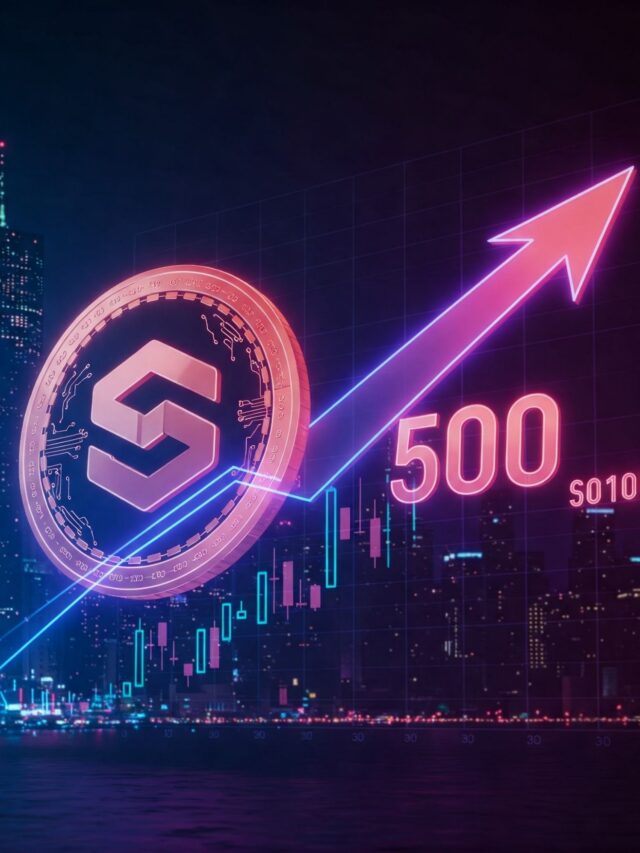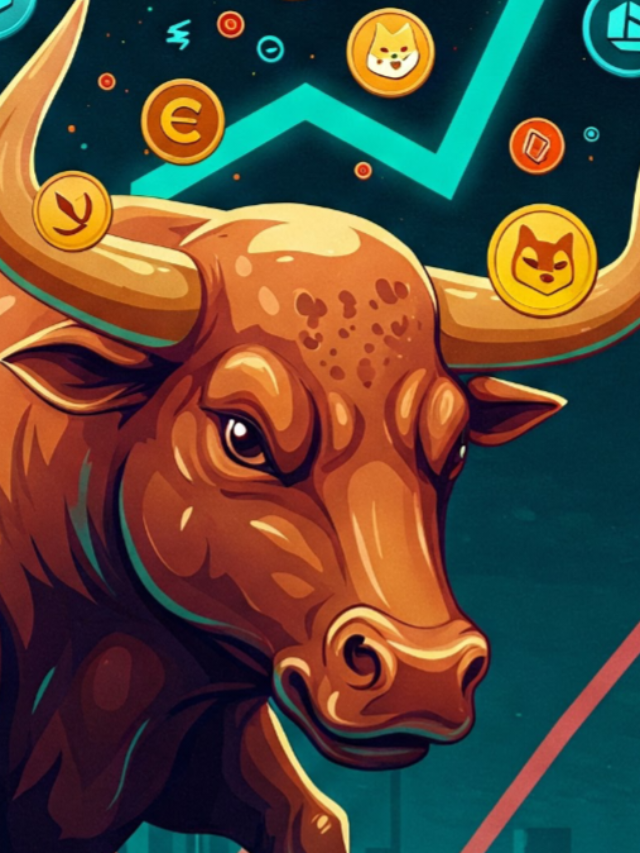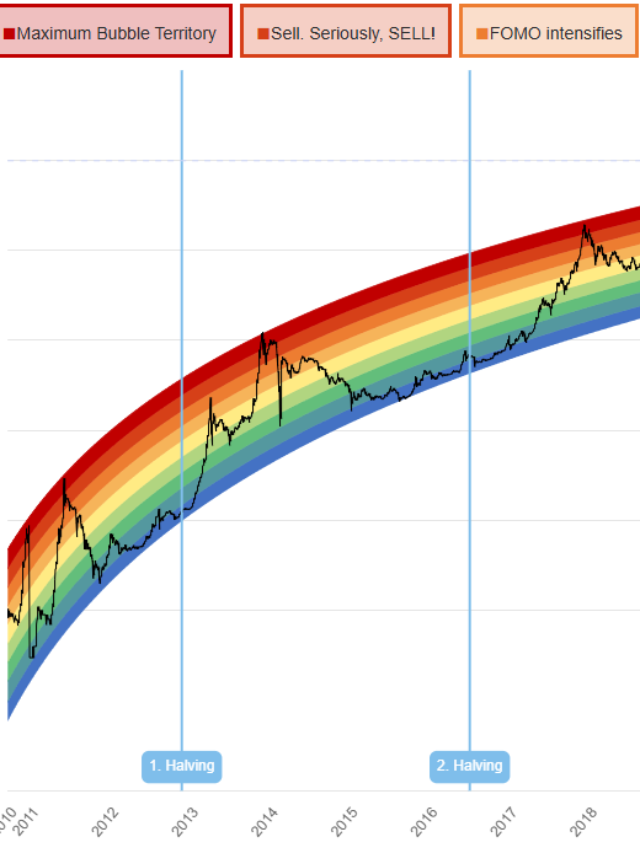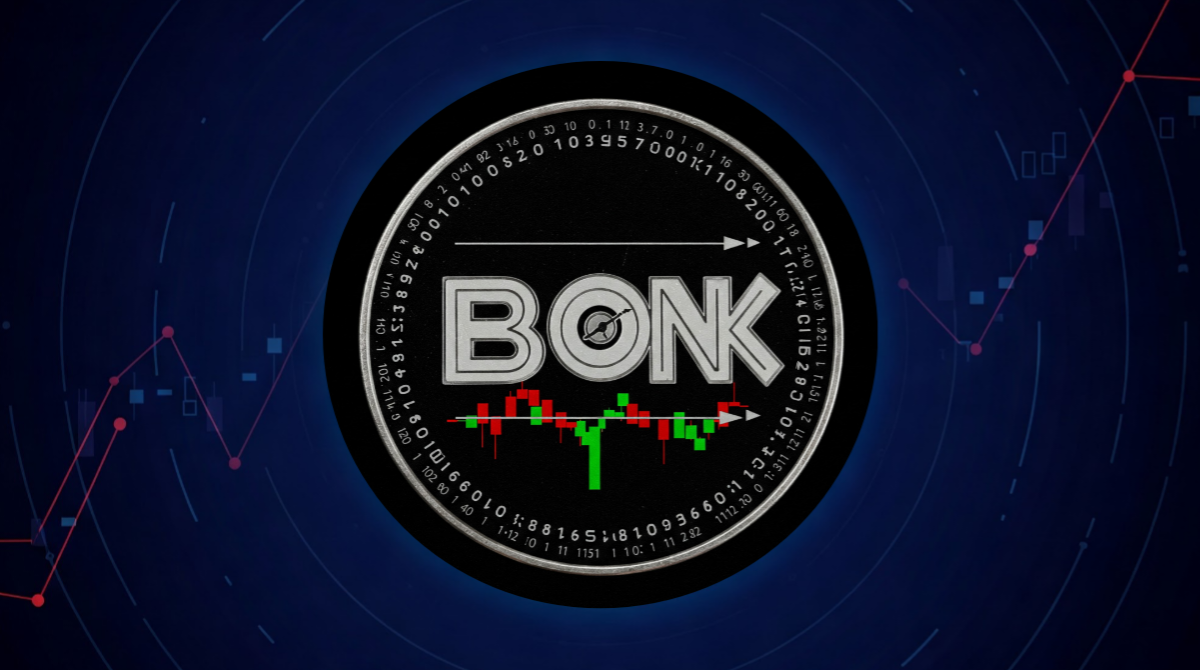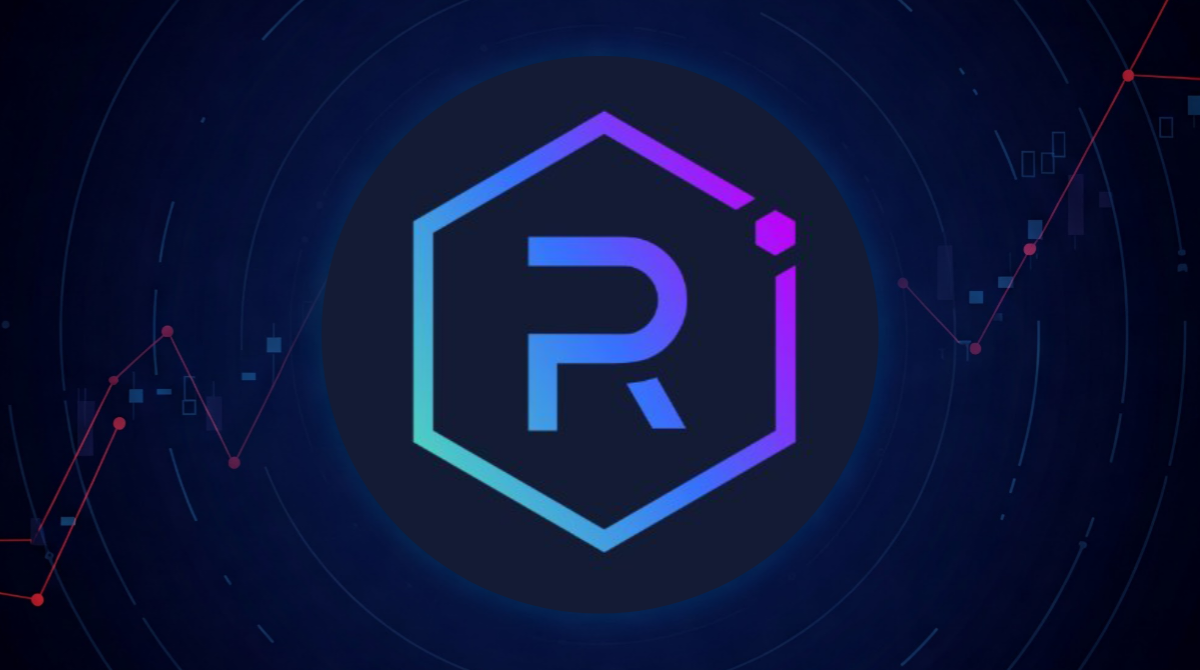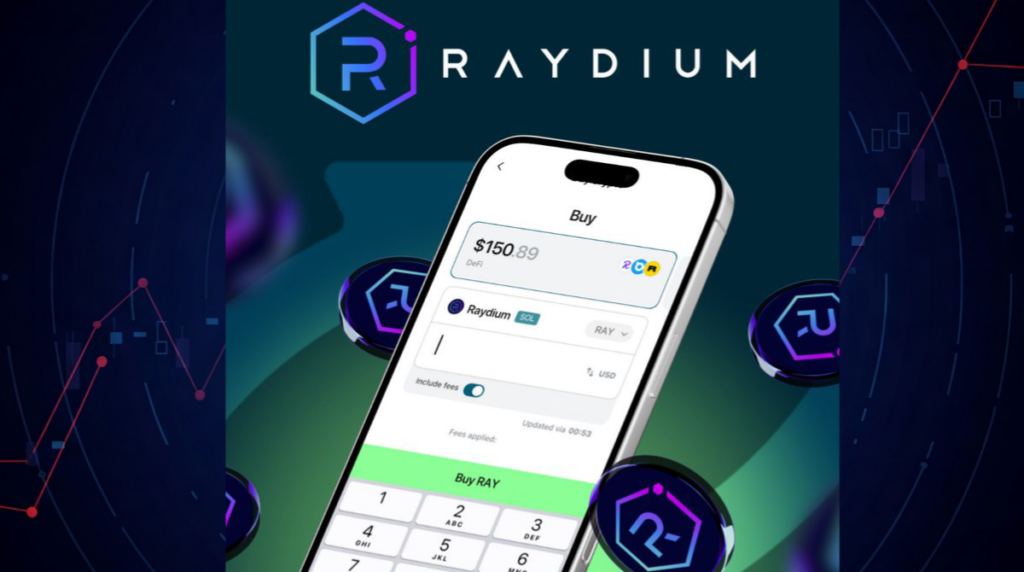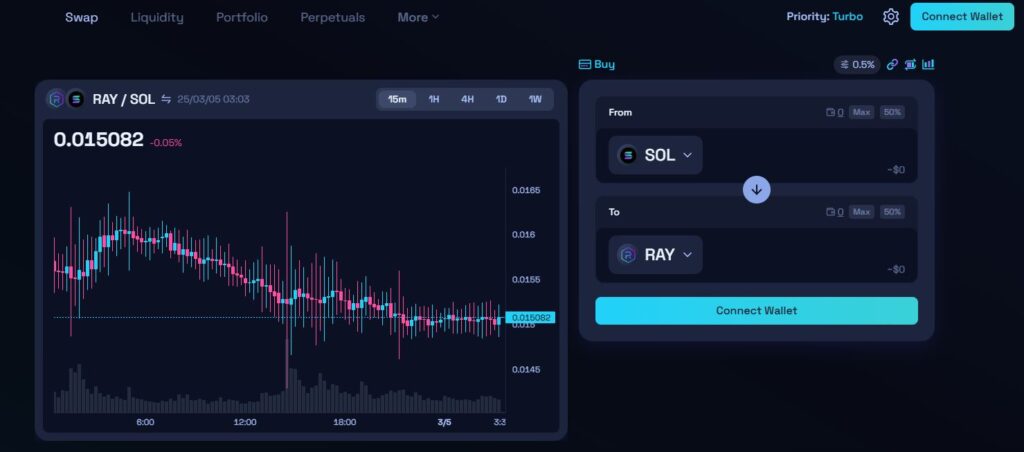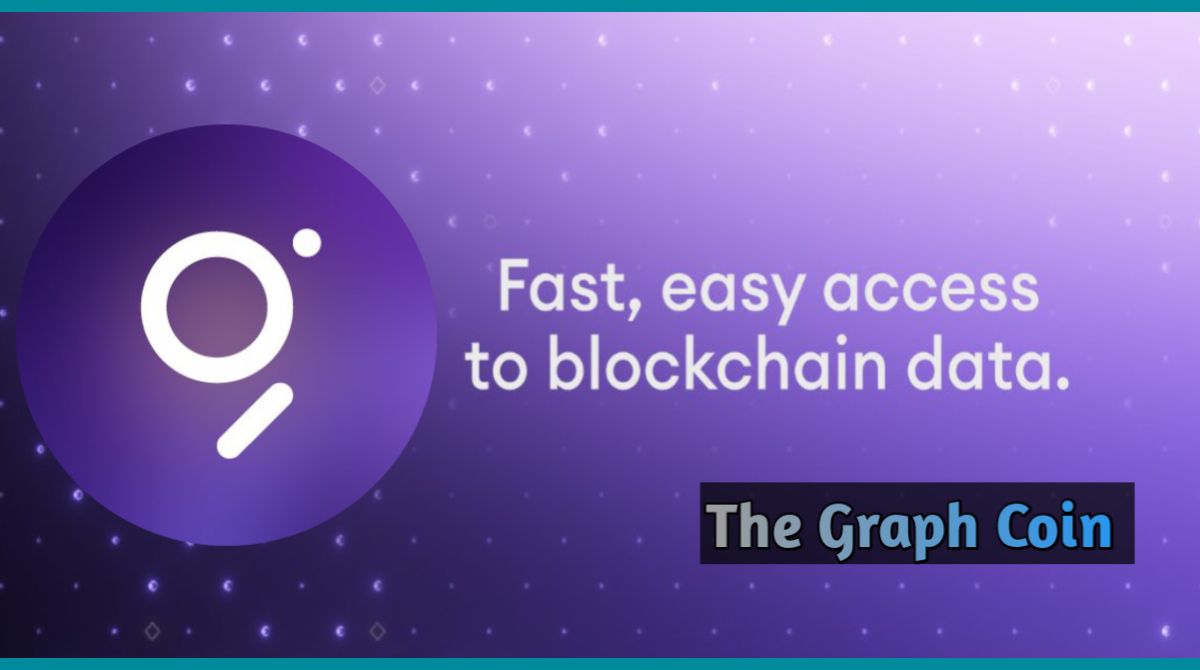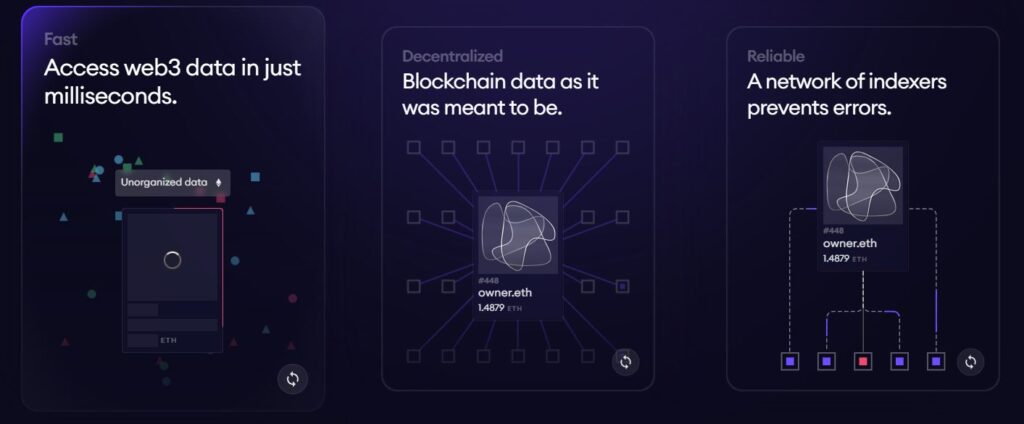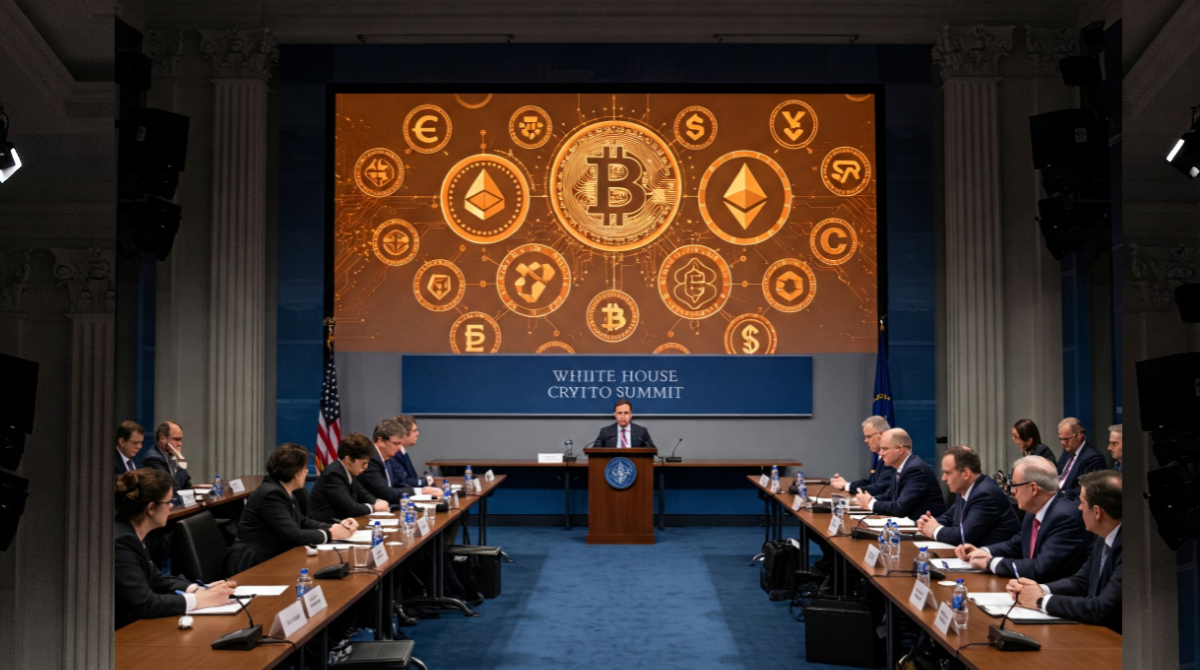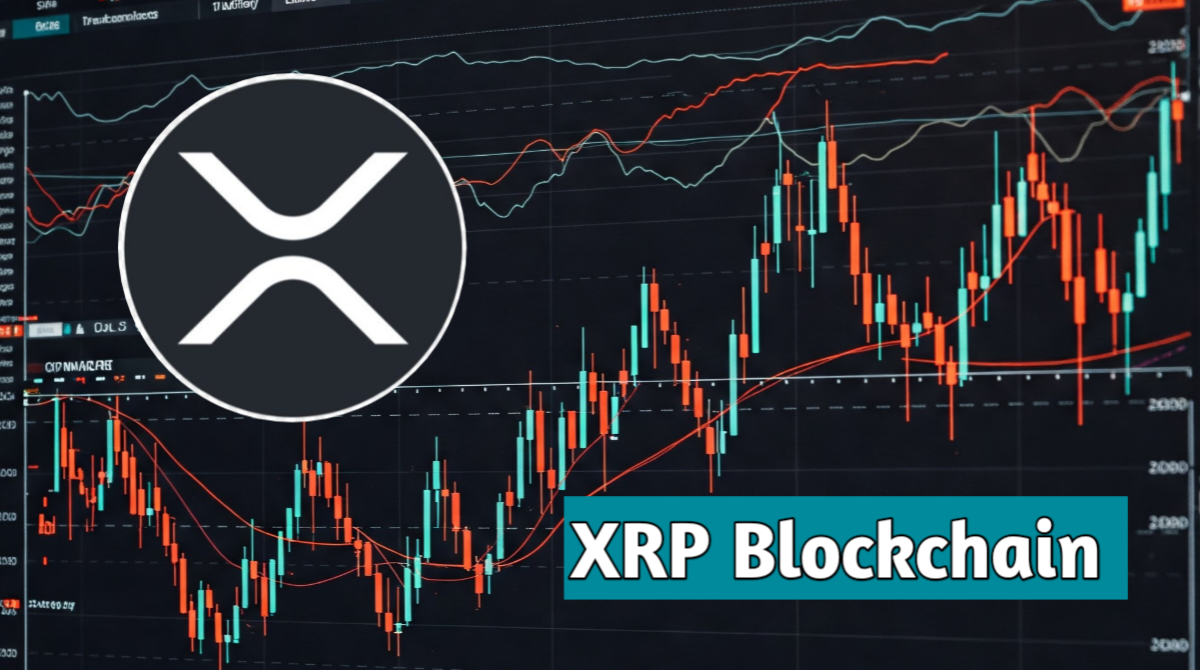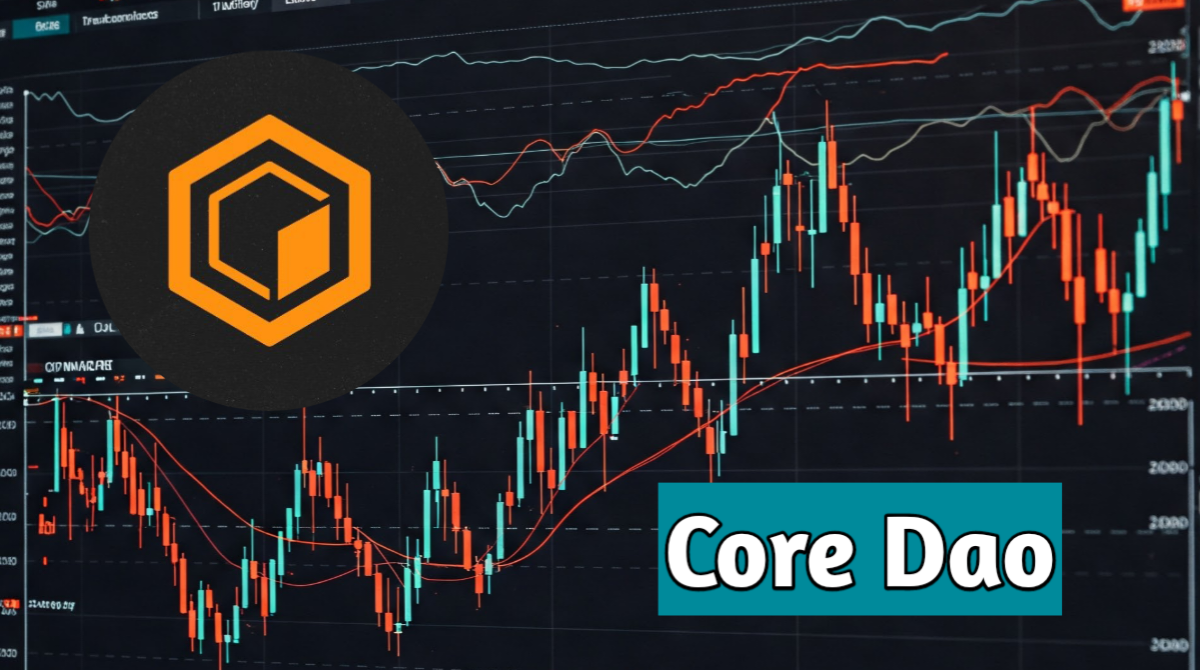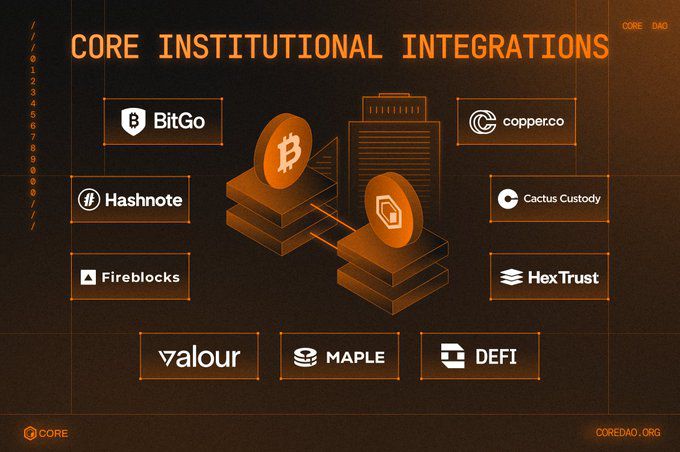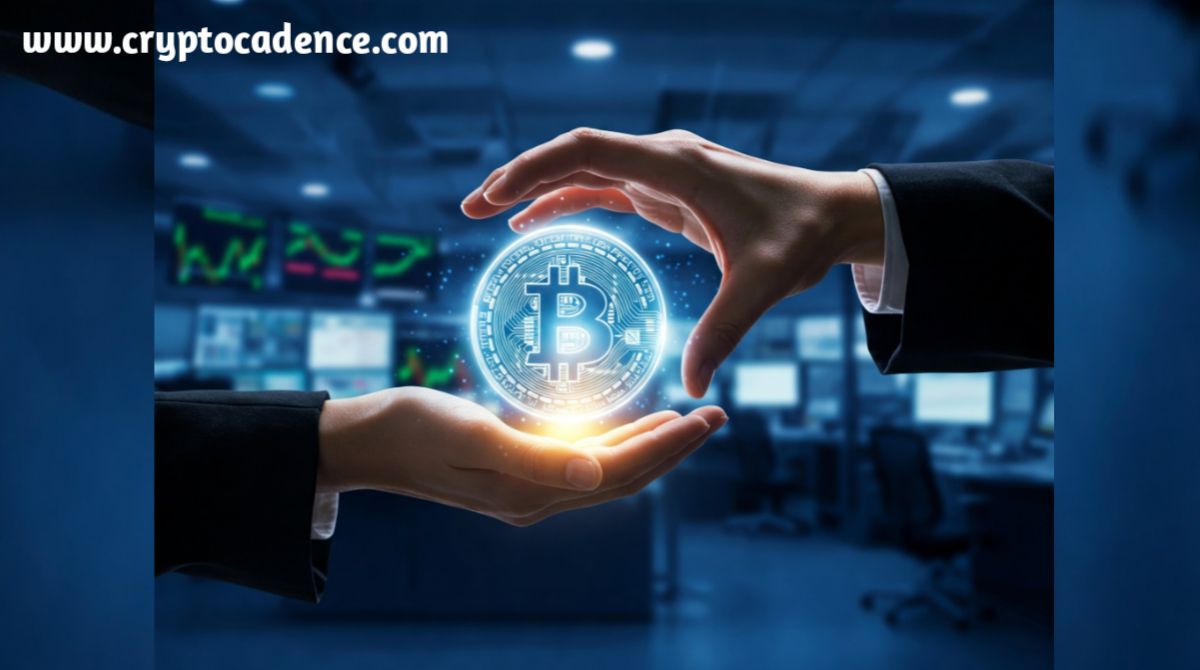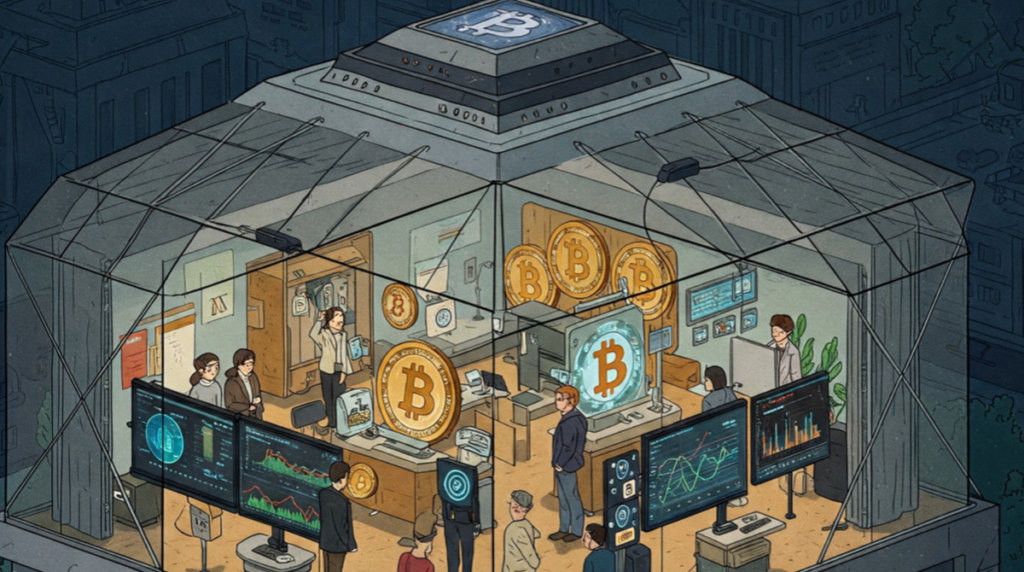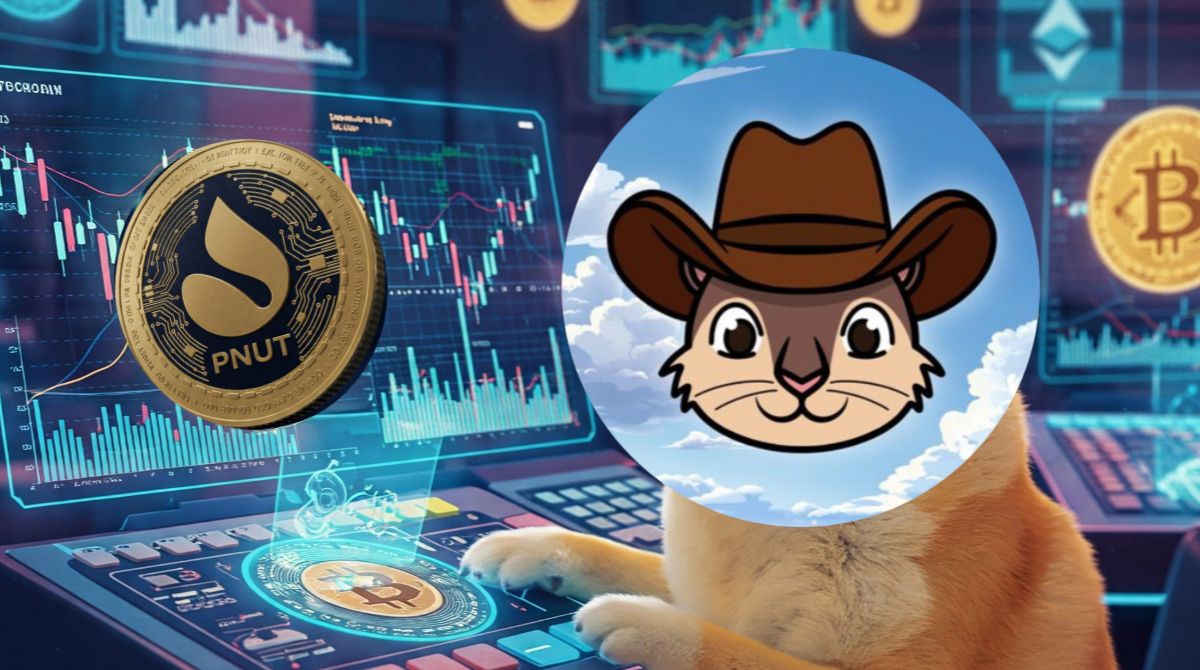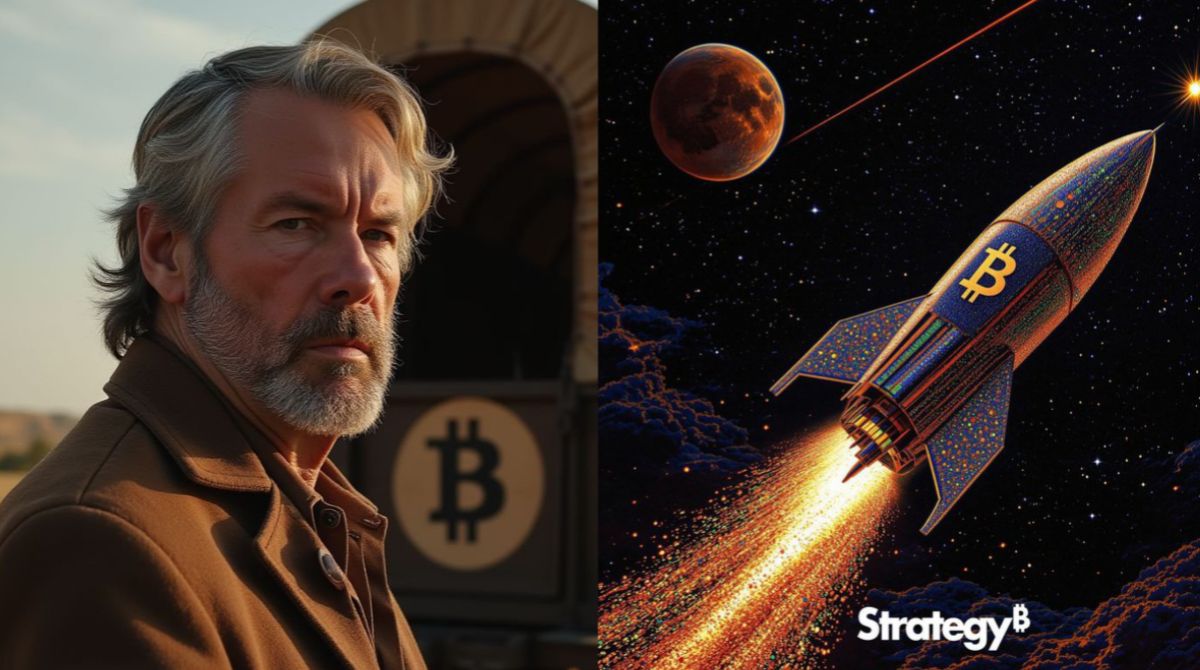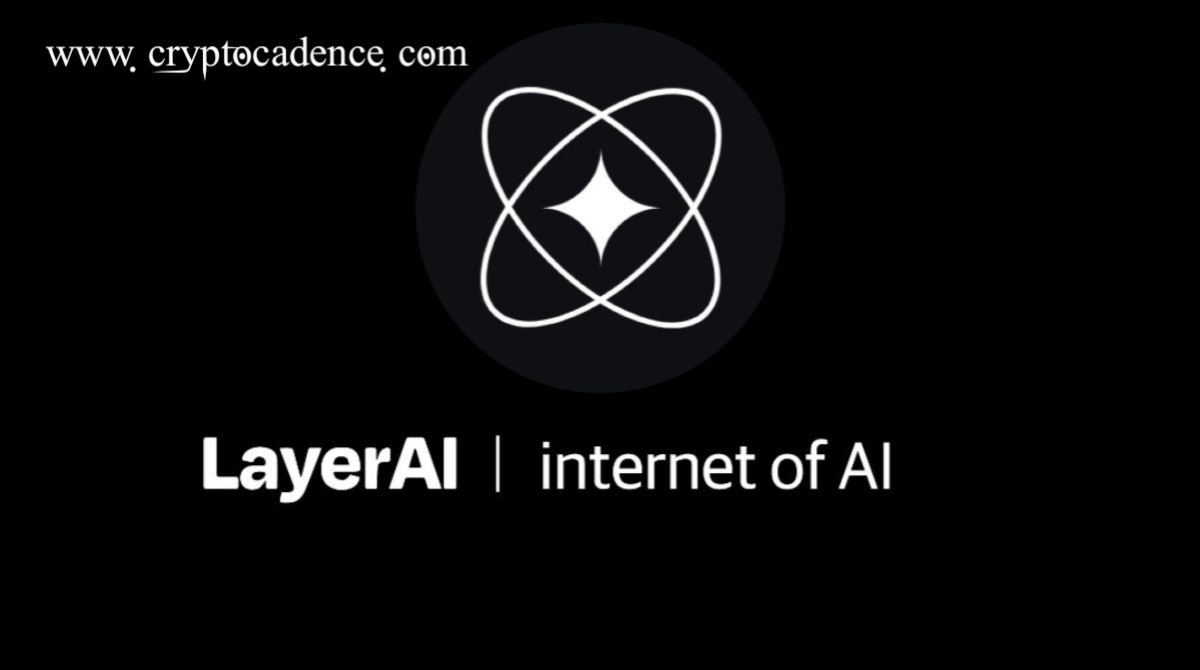Bonk Coin (BONK) emerged in late 2022 as a community-driven meme cryptocurrency on the Solana blockchain designed to bring vibrancy to the ecosystem following the FTX collapse. Inspired by the success of Dogecoin and Shiba Inu, Bonk differentiates itself through its decentralized distribution and integration within Solana’s robust infrastructure. Featuring a Shiba Inu mascot, Bonk quickly gained popularity as “Solana’s answer to Dogecoin” that leveraged low transaction fees and high-speed capabilities to boost utility beyond mere speculation.
Ecosystem Components
- Community-Focused Foundation
Bonk’s ecosystem is built on grassroots engagement. At launch, 50% of its 100 trillion total supply was airdropped to Solana users, developers, and artists, decentralizing ownership and incentivizing participation. This strategy created a loyal community that drove initiatives like NFT collaborations and charitable campaigns. The absence of a central governing body emphasizes decentralized decision-making, with progress fueled by collective input. - DeFi Integrations
Bonk is deeply embedded in Solana’s decentralized finance (DeFi) landscape. It serves as a liquidity provider on platforms like Raydium and Orca, allowing users to stake BONK in yield farms or trading pairs (e.g., BONK/SOL). Lending protocols like Solend accept Bonk as collateral, expanding its utility. Additionally, decentralized exchanges (DEXs) facilitate seamless swaps, increasing accessibility. - NFT and Gaming Partnerships
Bonk has collaborated with Solana-based NFT projects and gaming platforms. For example, it is accepted as payment for NFTs on marketplaces like Magic Eden, which combines meme culture with digital art. Gaming integration allows BONK to function as an in-game currency, enabling the purchase of assets or rewards, thereby enriching the virtual economy. - Tokenomics and Deflation Mechanism
BONK’s tokenomics includes a limited supply of 100 trillion tokens, with periodic burns reducing circulation. Transaction fees contribute to the burn, creating deflationary pressure. Staking rewards and liquidity mining further incentivize holding, creating a balance between speculation and utility.
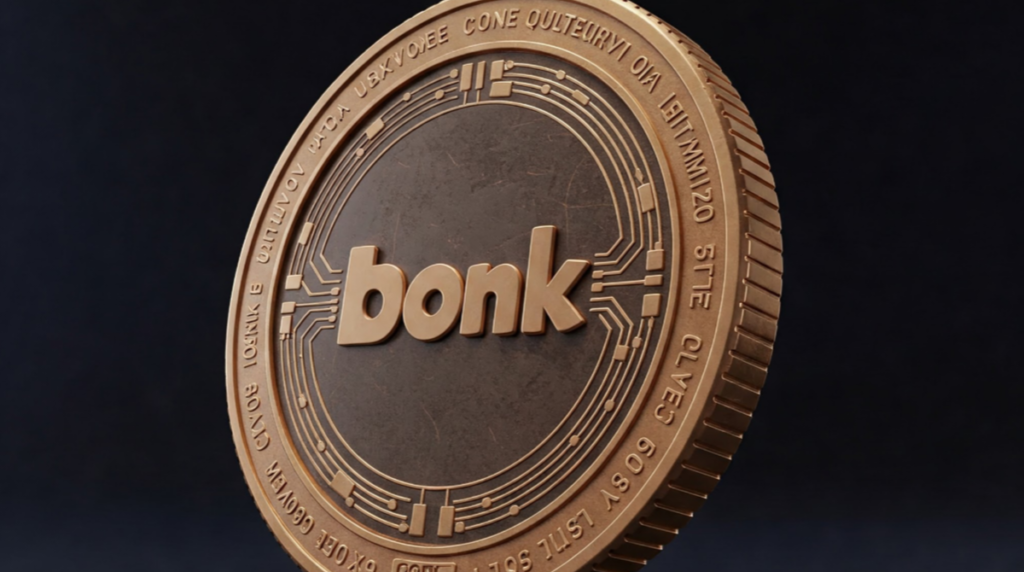
Use Cases
- Medium of Exchange
BONK’s low transaction costs make it ideal for microtransactions. It is used to tip creators on social platforms, purchase goods in partner online stores, and settle fees within Solana dApps. This establishes Bonk as a practical payment tool within its ecosystem. - Staking and Yield Farming
Users stake BONK in liquidity pools or farms to earn passive income, often in SOL or other tokens. This encourages long-term holding and stabilizes liquidity for DeFi operations. - NFT Ecosystem
Bonk facilitates NFT transactions, from mining to trading. Projects like Degenerate Ape Academy accept BONK, linking meme coins to digital collectibles and fostering cross-community engagement. - Gaming and Metaverse
Play-to-earn games on Solana integrate Bonk for in-game purchases, rewards, and governance tokens. This utility extends to the metaverse platform, where Bonk can purchase virtual land or items, merging entertainment with blockchain economics. - Charitable Initiatives
The community often rallies for charitable causes using Bonk for donations. Campaigns have supported animal welfare and disaster relief, demonstrating the potential of cryptocurrencies for social impact. - Cultural Icon
Beyond utility, Bonk symbolizes Solana’s resilience and camaraderie. Its meme status fosters a sense of belonging, attracting both crypto enthusiasts and newcomers, much like Dogecoin has cultural influence.
Challenges and Risks
Bonk faces the volatility common to meme coins, with prices heavily influenced by social media trends. Regulatory scrutiny poses another risk, as evolving policies could impact its use. Competition from established meme coins and new Solana-based rivals requires constant innovation to maintain relevance.
Future Outlook
Bonk’s future hinges on expanding utility through deeper DeFi integration, NFT/gaming partnerships, and real-world adoption. Enhancing governance structures such as DAOs could empower community-led development. Technological advancements on Solana, such as faster transaction speeds, could further enhance Bonk’s viability for everyday use.
XRP price secrets of 2030: Why everyone is whispering about ‘buy now’
Conclusion
BONK Coin exemplifies the dynamic potential of meme cryptocurrencies when combined with strong ecosystem integration. Its blend of community sentiment, DeFi utility, and cultural resonance establishes it as far more than a speculative asset – it’s a testament to Solana’s adaptability and the power of decentralized communities. As BONK evolves, its success will depend on balancing meme-driven excitement with tangible applications, ensuring longevity in an ever-changing crypto landscape.
